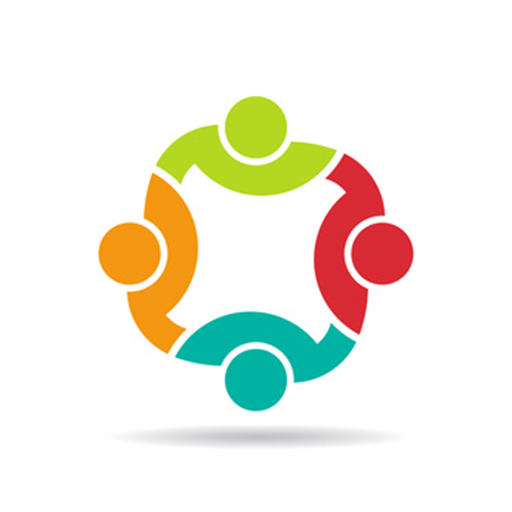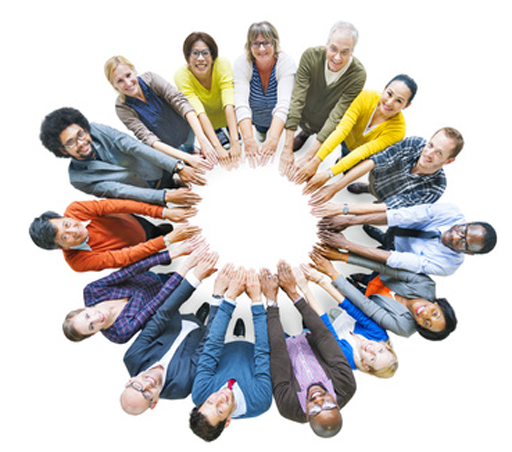 ASL & the Deaf Community
ASL & the Deaf Community
Many speech pathologists have only a generalized or limited understanding of ASL (American Sign Language) and the Deaf community. ASLforSLPs looks to change that by not only providing a simplified signing system/method of ASL for SLPs, but to also educate about this unique language and its origins.
To begin, American Sign Language (ASL) is a language spoken by the Deaf community in the United States; ASL is not universal and many spoken languages have their own signed language (French, British English, Australian English, Russian, etc.). ASL is also not American English with Signs.
ASL: A real language
A common misconception is that ASL is not a “real” language. Signing systems that are not considered a language do exist, however ASL is not one of those. An example of one of these signing systems is Signed Exact English (SEE). SEE follows the same grammatical structure and vocabulary as English including pronouns, plurals, progressive verbs, and the verb “to be” – all of which are not present in ASL. While SEE attempts exact representation of the spoken language, ASL is a language with its own grammar and set of rules which govern a language. SEE tends to have fewer signs and less consistency as it is not a spoken/accepted language in its own right.
ASL is in fact a very widely accepted language used by millions of people throughout the world. ASL emerged when the American School for the Deaf was founded in 1817 by bringing together French Sign Language (FSL) and the home sign systems that preexisted in the United States at that time. The language that developed consisted of its own phonology, morphology, and syntax- separate from those aspects of the spoken English language.
While spoken languages generally have three phonetic features (voicing, place of articulation, and manner of articulation), ASL has parameters. Parameters are similar to phonemes of spoken languages in that the parameters are what distinguish signs from each other and convey meaning. The parameters of ASL are: handshape (the form the hand(s) assume during the articulation of a sign), movement (the distinctive motion of the hands), location (the areas the hands occupy during production), palm orientation (direction the palm is facing), and Non-Manual Markers (facial expressions, body positioning, head tilts, etc.). In order to produce a sign, all parameters must be used; a sign cannot be made simply by incorporating a handshape – all of the parameters play a role in the production of signs. This is important to note, as it effects the understanding and translation of ASL signs into SLP therapy sessions.
The Deaf Community
 The Deaf Community consists of those who identify themselves through the use of ASL. The Deaf community has its own culture; a culture that is enriched in language, values, and norms. There is an important distinction between the terms deaf and Deaf. Speech pathologists are probably more familiar with the first term, which is used in a clinical context referring to the audiological condition of the ear. In a cultural context, however, Deaf refers to a cultural identity, revolving around ASL and the Deaf community.
The Deaf Community consists of those who identify themselves through the use of ASL. The Deaf community has its own culture; a culture that is enriched in language, values, and norms. There is an important distinction between the terms deaf and Deaf. Speech pathologists are probably more familiar with the first term, which is used in a clinical context referring to the audiological condition of the ear. In a cultural context, however, Deaf refers to a cultural identity, revolving around ASL and the Deaf community.
Deaf individuals who are involved in the Deaf community see themselves as “Deaf” rather than “deaf”. This is an extremely important distinction to know and one that is commonly overlooked by people outside of the Deaf community.
The term Deaf has roots of a collectivist culture. The Deaf community is a community with emphasis on pooling resources, sharing information, loyalty, and strong identification with the “group”. As a result, members of the Deaf community do not view themselves as disabled simply because they cannot hear. This can sometimes clash with some perspectives within speech pathology, often making speech pathologists adversaries to the Deaf community.
ASLforSLPs aims to ensure that signs are taught in a way that maintains respect for the ASL community at large, while working to assist speech pathologists to become allies of ASL and the Deaf community through education and research.
*We will be adding more in-depth articles on this topic over the coming months, but for those interested in learning more about the history and origins of ASL, a suggested reading is “When the Mind Hears” written by Harlan Lane.